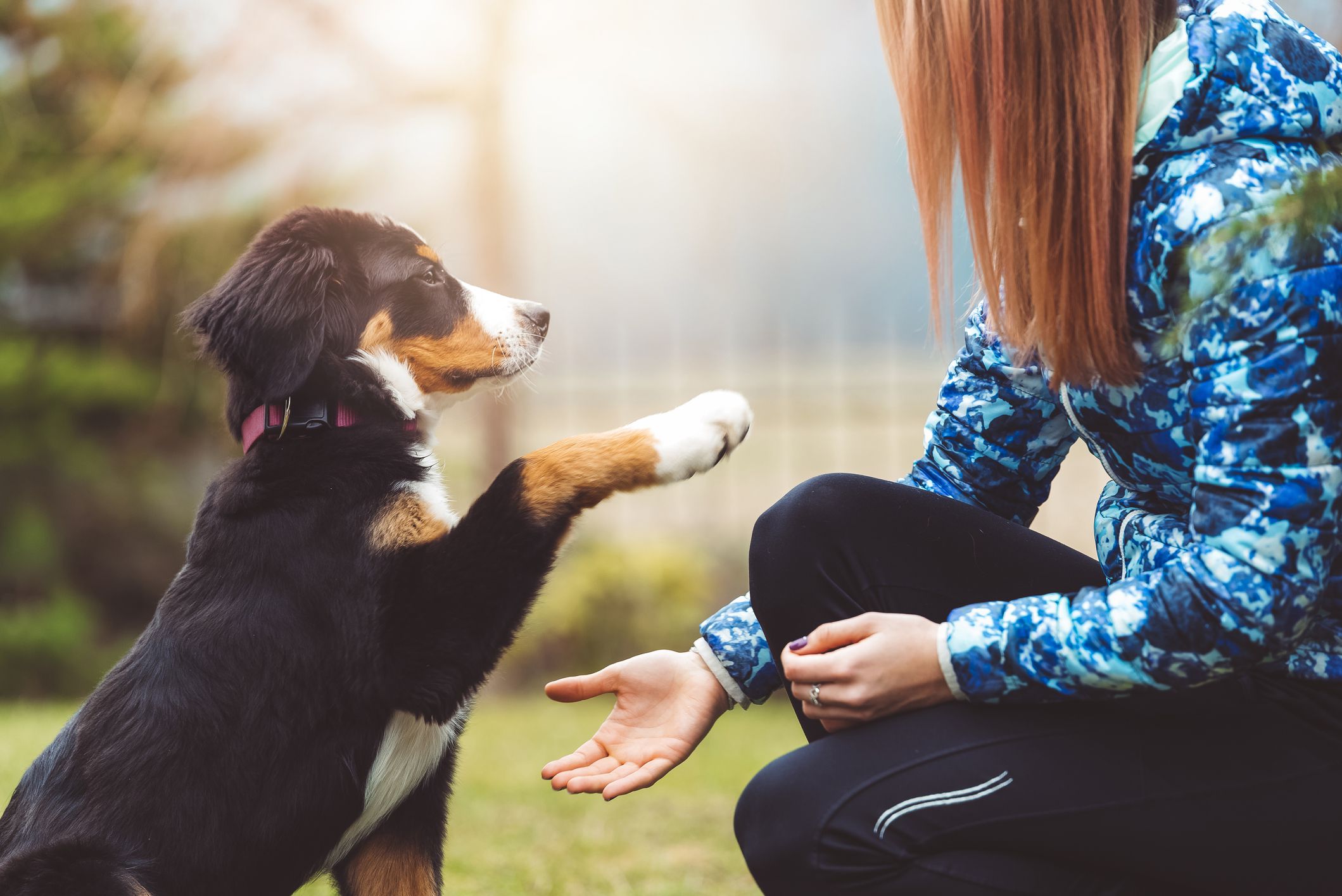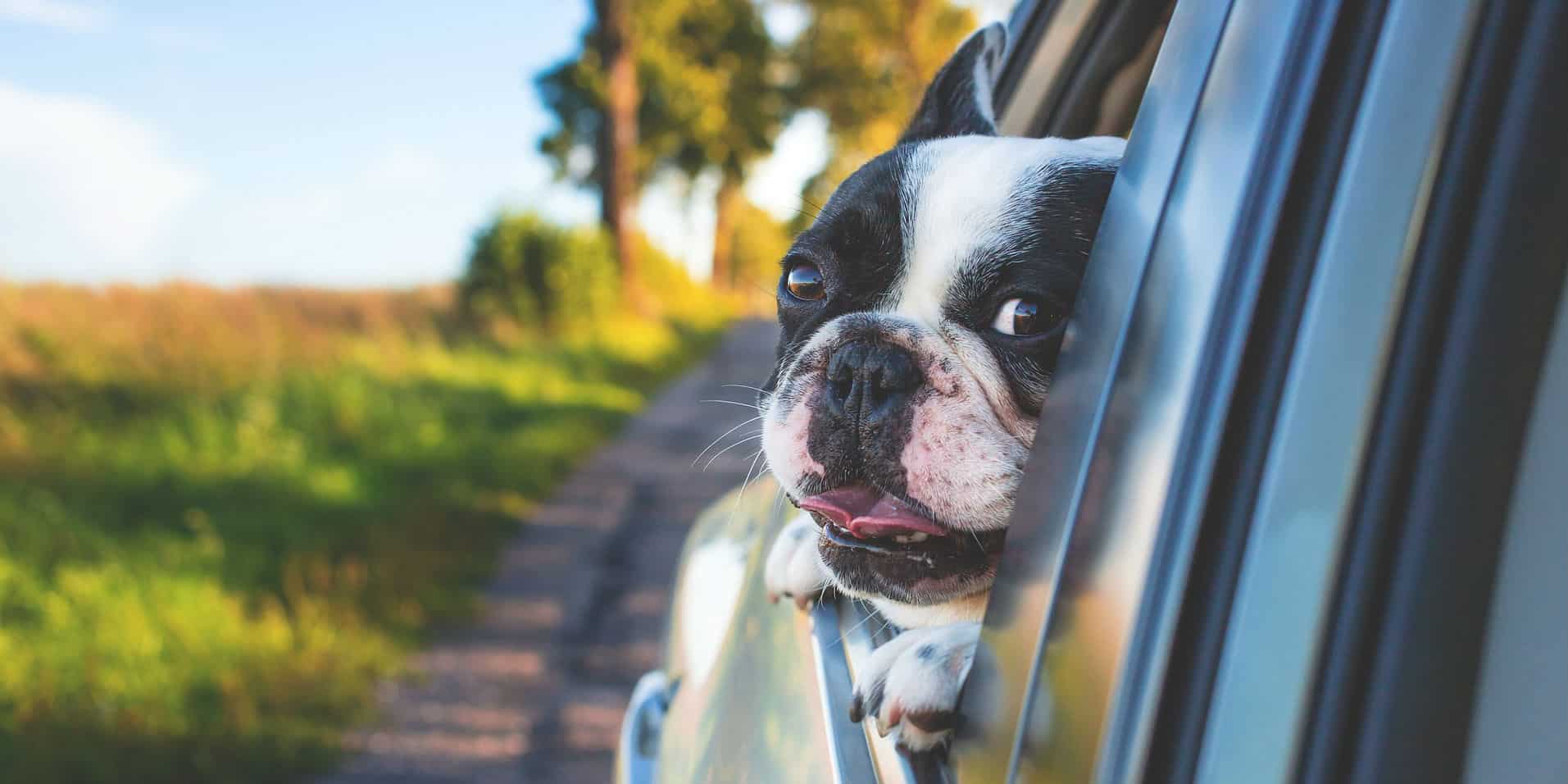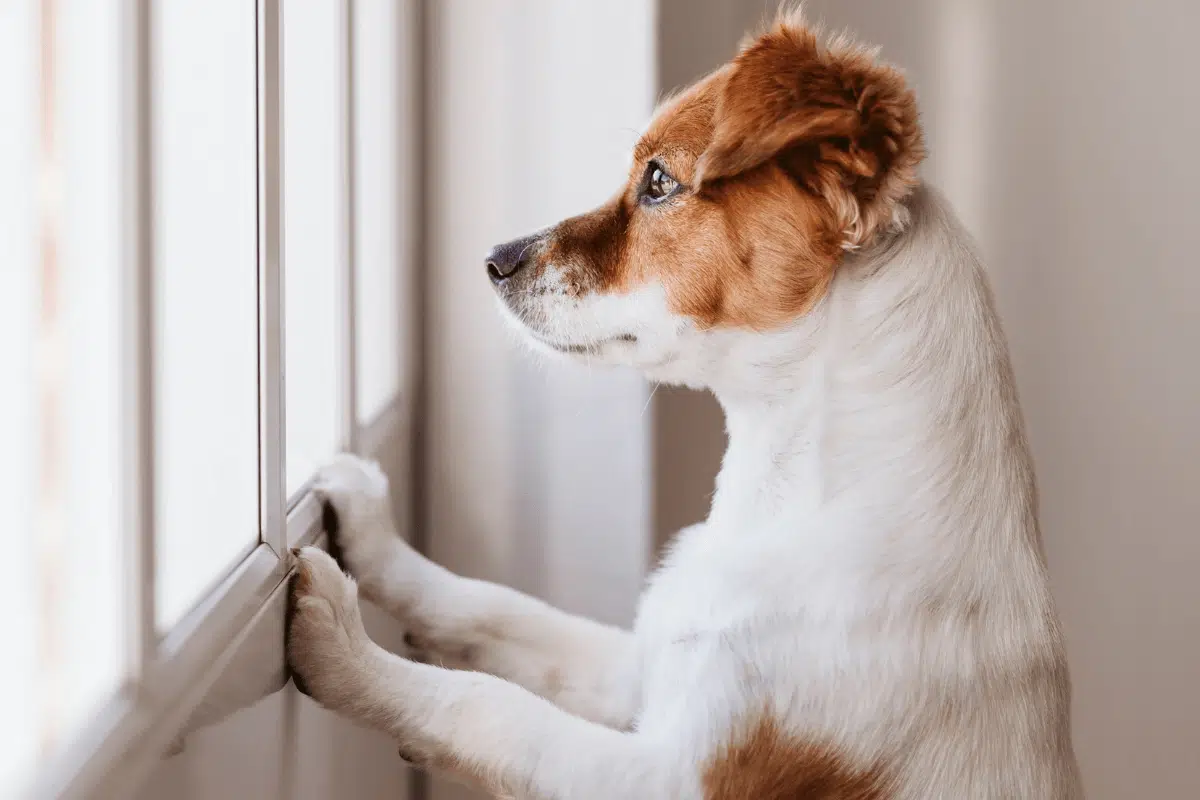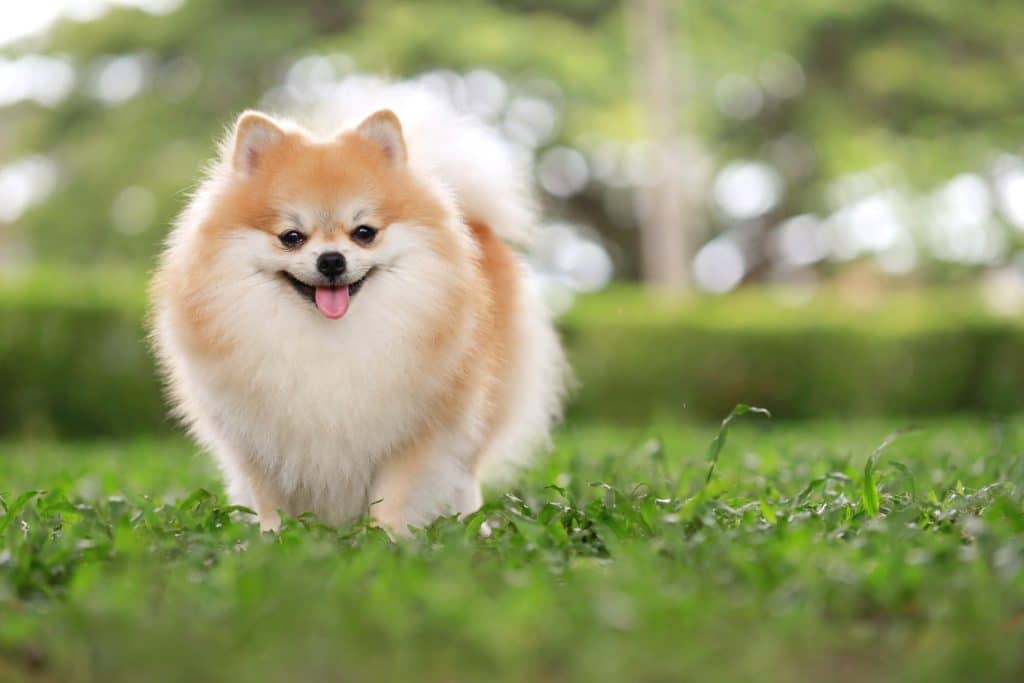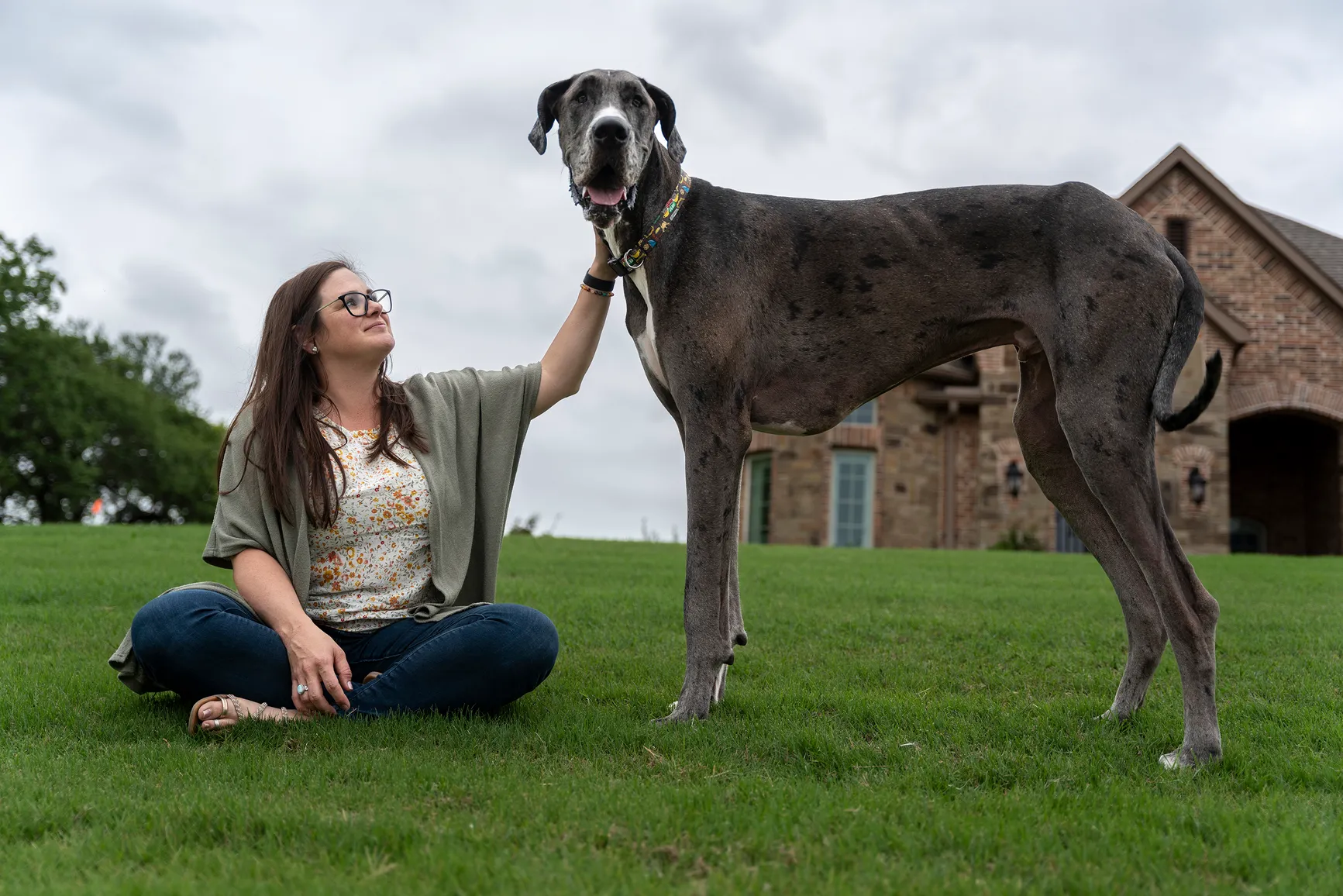Training a puppy can be a rewarding but challenging experience. The key to success lies in consistency, patience, and positive reinforcement. With the right strategies, you can help your puppy develop good habits and quickly adapt to their new environment. Here are the top tips to train your puppy fast and effectively.
1. Start Training Early
Begin training your puppy as soon as they come home, usually around 8 weeks of age. Early training helps establish boundaries, reinforce good behavior, and prevent bad habits from developing. Young puppies are naturally curious and eager to learn, making this the ideal time to introduce basic commands and house rules.
2. Use Positive Reinforcement
Puppies respond best to positive reinforcement, such as praise, treats, or toys. Rewarding desired behaviors makes it more likely that your puppy will repeat them. Avoid punishment, as it can create fear and confusion, slowing down the training process. Use treats sparingly to avoid overfeeding and gradually transition to verbal praise and affection as rewards.
3. Be Consistent
Consistency is crucial in puppy training. Use the same words and gestures for each command so your puppy understands what’s expected. For example, if you’re teaching “sit,” always say “sit” instead of switching between different phrases. Make sure all family members follow the same rules to avoid confusing the puppy.
4. Keep Training Sessions Short and Fun
Puppies have short attention spans, so it’s best to keep training sessions brief—around 5 to 10 minutes at a time. Several short sessions throughout the day are more effective than one long session. Incorporate play and praise to keep your puppy engaged and motivated. If your puppy shows signs of boredom or frustration, take a break and try again later.
5. Focus on Basic Commands First
Start with basic commands like “sit,” “stay,” “come,” and “leave it.” These commands are essential for safety and good behavior. Once your puppy masters these, you can move on to more advanced tricks. Teaching your puppy to respond to their name should also be a priority, as it forms the foundation for other commands.
6. Potty Train with Patience
Housebreaking is one of the first and most important tasks in puppy training. Take your puppy outside frequently, especially after meals, naps, or playtime, and reward them for eliminating in the right place. Stick to a schedule, and if accidents happen, clean them thoroughly to remove odors and discourage repeat incidents. Crate training can also help with potty training by teaching your puppy bladder control.
7. Socialize Your Puppy Early
Socialization is essential to prevent fear and aggression toward new people, animals, or environments. Expose your puppy to different experiences, such as meeting new dogs, visiting parks, or hearing various sounds. The critical socialization window is between 8 and 16 weeks, so introduce your puppy to positive experiences during this time.
8. Use Crate Training to Build Routine
Crate training provides your puppy with a safe space and helps establish routines. When used correctly, a crate can aid in potty training, prevent destructive behavior, and help your puppy learn to be comfortable alone. Ensure the crate is a positive place by adding soft bedding and toys, and never use it as a punishment.
9. Address Behavioral Issues Early
Nipping, chewing, barking, and jumping are common puppy behaviors that need correction early on. Redirect unwanted behavior with appropriate alternatives—give a chew toy instead of allowing biting, for example. Be patient and consistent in correcting bad habits to prevent them from becoming long-term problems.
10. Stay Calm and Patient
Training can take time, and it’s important to remain calm and patient throughout the process. Puppies are still learning, and mistakes are part of the journey. If you become frustrated, take a break and try again later. Your puppy will sense your emotions, and staying positive will help them feel secure and eager to learn.
11. Practice Daily and Reinforce Learning
Training doesn’t stop once your puppy learns a command. Regular practice is essential to reinforce good behavior. Use commands during everyday activities—ask your puppy to “sit” before meals or “stay” before going out the door. Repetition helps solidify learning and builds trust between you and your pet.
12. Enroll in Puppy Classes
If you need extra help or want to enhance your puppy’s learning, consider enrolling in a puppy training class. These classes provide professional guidance and offer a controlled environment for socialization. Puppy classes also teach basic obedience and help your dog become comfortable around other animals and people.
13. Avoid Overwhelming Your Puppy
While it’s important to expose your puppy to new experiences, avoid overwhelming them. Too many new stimuli at once can lead to fear or stress. Gradually introduce new situations and ensure your puppy feels safe and supported throughout the process.
14. Use Hand Signals Along with Verbal Commands
Some puppies respond better to visual cues than verbal commands. Pairing hand signals with voice commands helps reinforce learning and ensures your puppy understands even in noisy environments. Over time, your puppy may respond to both visual and verbal cues, making training more effective.
15. Celebrate Small Wins
Training is a process, and progress may come in small steps. Celebrate each milestone, whether it’s learning a new command or going a day without accidents. Positive reinforcement for small successes builds your puppy’s confidence and strengthens the bond between you.
Conclusion
Training a puppy quickly and effectively requires a combination of consistency, patience, and positive reinforcement. Starting early, keeping sessions short and fun, and focusing on basic commands will set the foundation for good behavior. By staying calm, socializing your puppy, and reinforcing learning daily, you’ll help your new companion grow into a well-behaved and happy dog. With dedication and the right strategies, you and your puppy will develop a strong bond and enjoy many years of companionship.

